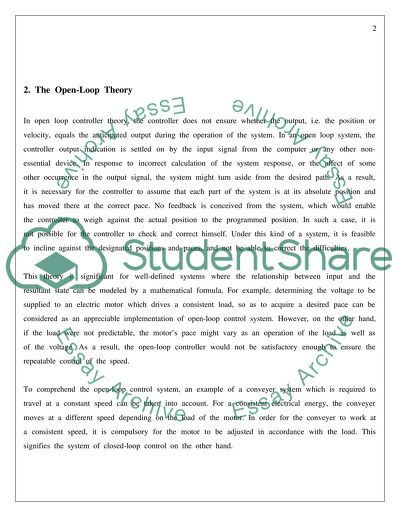Cite this document
(“Theories of Movement Control Essay Example | Topics and Well Written Essays - 2000 words”, n.d.)
Theories of Movement Control Essay Example | Topics and Well Written Essays - 2000 words. Retrieved from https://studentshare.org/science/1531579-theories-of-movement-control
Theories of Movement Control Essay Example | Topics and Well Written Essays - 2000 words. Retrieved from https://studentshare.org/science/1531579-theories-of-movement-control
(Theories of Movement Control Essay Example | Topics and Well Written Essays - 2000 Words)
Theories of Movement Control Essay Example | Topics and Well Written Essays - 2000 Words. https://studentshare.org/science/1531579-theories-of-movement-control.
Theories of Movement Control Essay Example | Topics and Well Written Essays - 2000 Words. https://studentshare.org/science/1531579-theories-of-movement-control.
“Theories of Movement Control Essay Example | Topics and Well Written Essays - 2000 Words”, n.d. https://studentshare.org/science/1531579-theories-of-movement-control.


